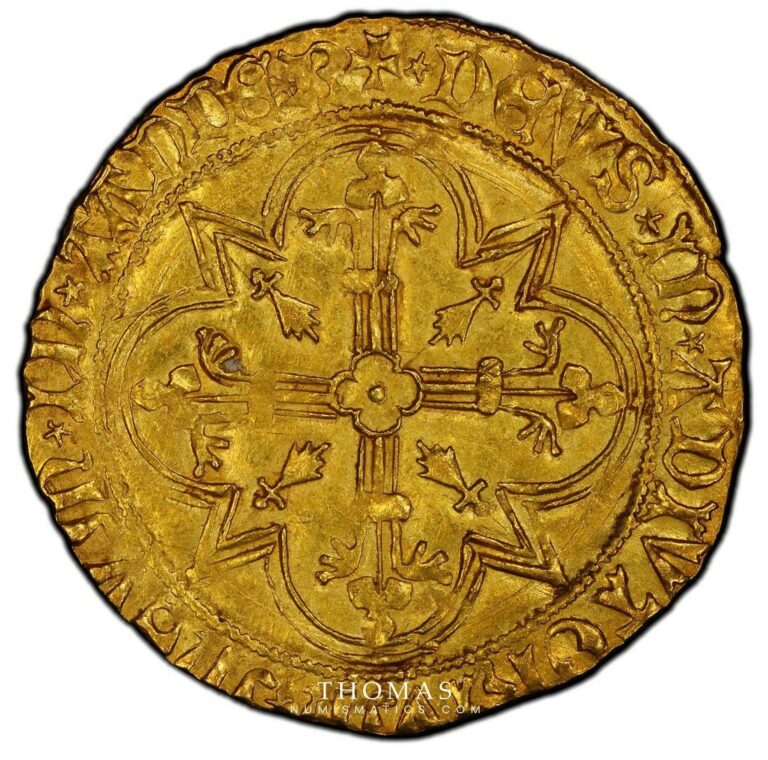François II
Gold – Cavalier d’or – Bretagne Rennes – PCGS MS 62
7 900€


François II
Gold – Cavalier d’or – Bretagne Rennes – PCGS MS 62
7 900€
Gold Cavalier d'or in rare condition. Bright original luster. Nice strike on wide planchet. Splendid example.
-
Comments :
Coin certified PCGS MS 62. Top population. Highest grade.
https://www.pcgseurope.com/Cert/47928533
Duke François II of Brittany (not to be confused with the French king of the same name) spent the bulk of his reign defending his semi-independent duchy from encroachment by the neighboring Kingdom of France. In 1465, he joined other dukes in the League of the Public Weal as a means of opposing the centralizing policies of Louis XI, but this alliance collapsed in 1477 after the fall of Charles the Bold and the absorption of Burgundy-the most powerful of the duchies-into France. After the death of Louis XI, François II attempted to preserve the independence of Brittany by forming alliances with the Duke of Orléans, the Count of Angoulême, and the Holy Roman Emperor against Anne of France, the daughter of Louis XI who ruled as regent for the young Charles VIII. Together, in 1485, François II and his allies embarked upon a series of conflicts with France collectively known as the Mad War. Unfortunately, the Duke of Brittany was defeated at the Battle of Saint-Aubin-du-Cormier on July 8, 1488, and was forced to become a vassal to the French king under the terms of the Treaty of Sablé (August 20, 1488). François II fell from his horse shortly thereafter and died. He was succeeded by his daughter, Anne of Brittany, who was forced marry to Charles VIII thereby guaranteeing that upon her death Brittany would be fully absorbed into the Kingdom of France.
The introduction of the cavalier d’or (“gold knight”) denomination is variously attributed to François I or more likely François II as a means of financing wars and diplomacy to preserve the autonomy of the duchy. It was so-named for the obverse depiction of the duke charging into battle on horseback. Heraldic ermine is prominent on the duke’s shield, the caparison of the horse as well as in the reverse design because it was an emblem of the duchy. Since the 1380s the Château de l’Hermine (Ermine Castle) had been the primary residence of the dukes of Brittany. François II himself had been born within its walls.

